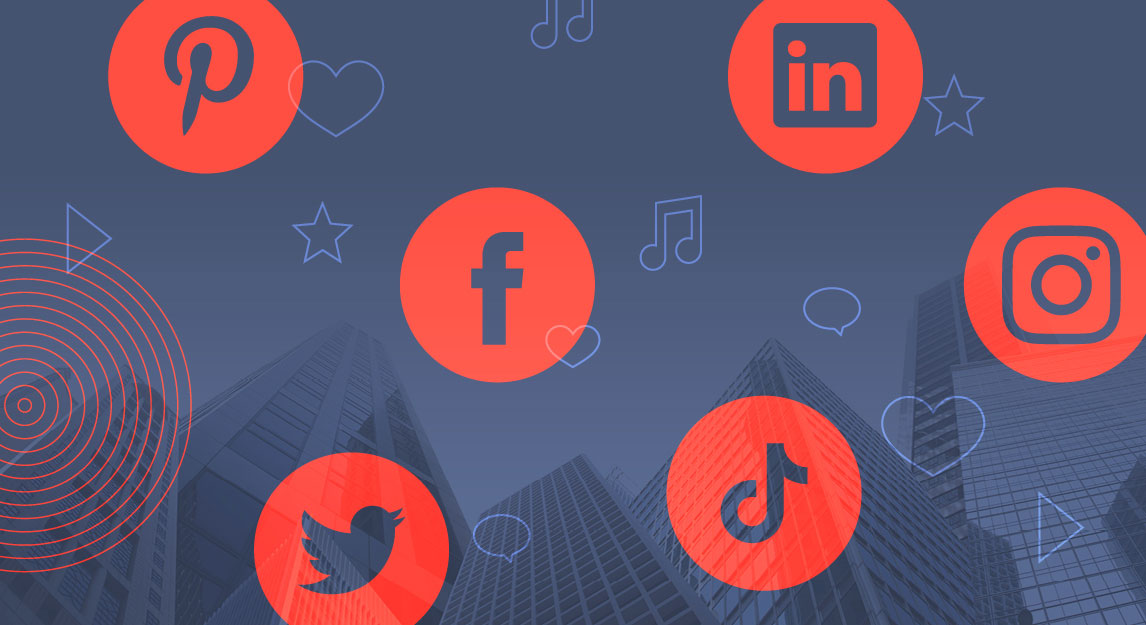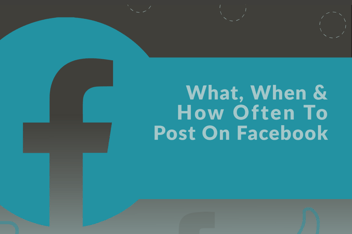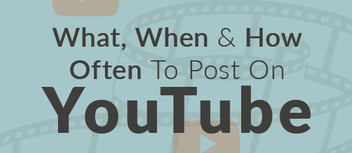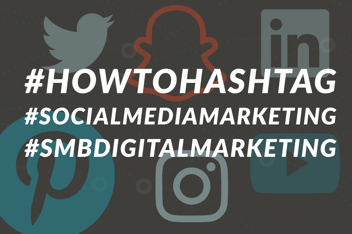Your Complete Social Media Guide: What, Where, When, and How Often To Post
With so many different channels, each with their own niche in terms of content type and user experience, knowing how to effectively use social media in your digital and content marketing mix can seem a bit overwhelming. And what it most popular and more effective continues to change every year. That’s why I’ve worked to pull it all together for you in one place and updated it for 2022:
-
What to post
-
When to post
-
How often to post
-
When to incorporate live video
-
And a few tips on advertising and paid promotions.
First things first: It’s not all about quantity and frequency.
We know that not everything we post is shown to all of our followers. In fact, the actual percentage can be quite low depending on a few circumstances. Each social media platform uses a different algorithm to choose what each user sees in the news feed, and whether your post is part of a particular follower’s newsfeed is influenced by several factors.
Among the universal characteristics impacting who sees your content are quality, engagement and interaction.
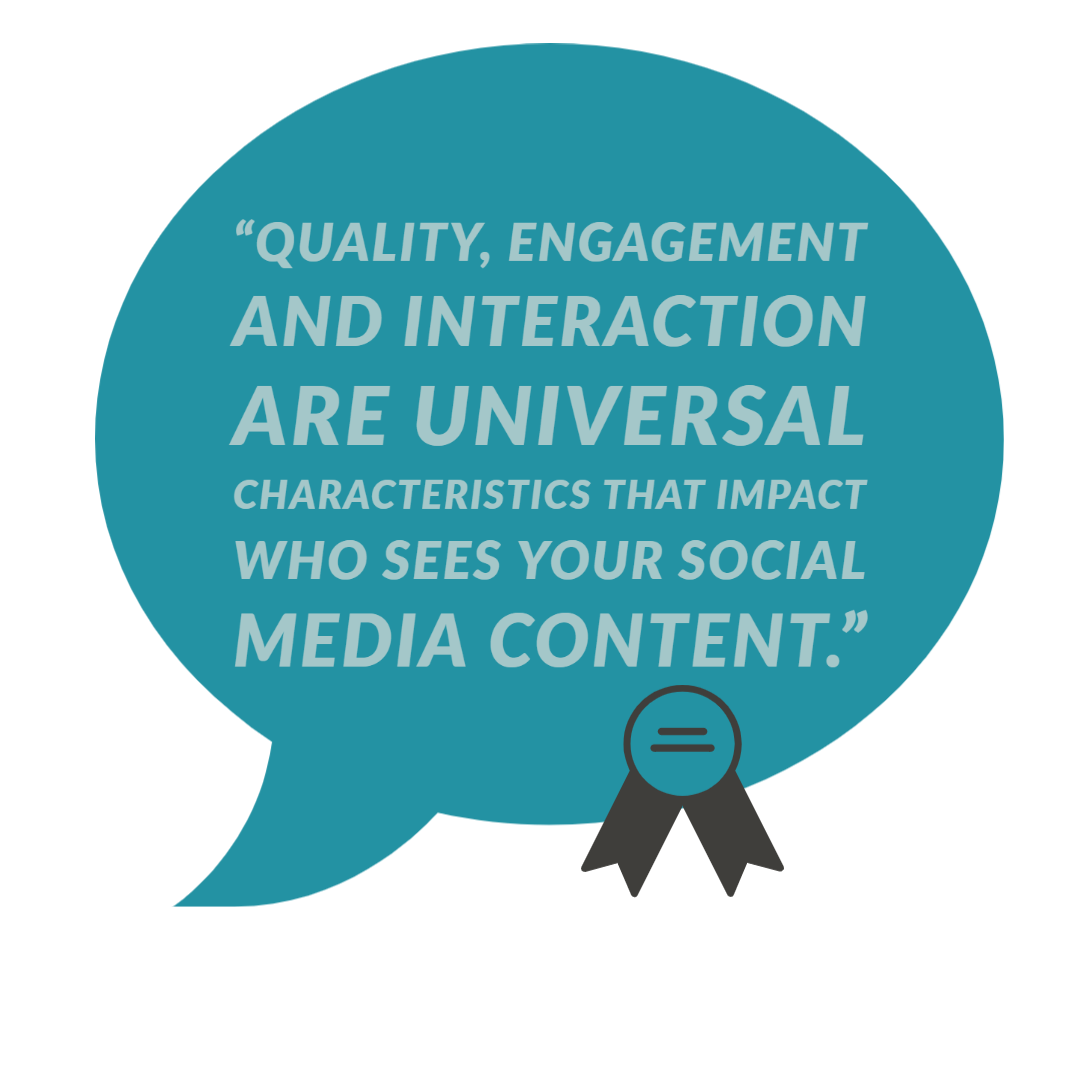
When Facebook announced its most recent algorithm update, it said it wanted to foster “meaningful interactions” — bringing back the social aspect of the platform to encourage conversations, which moved content from a user’s family and friends higher on the newsfeed than that from brands or pages. But it also prioritizes conversations, you can work with the algorithm by incorporating content that invites users to comment, not just read, click ‘like’ and scroll on.
Twitter is known for its fast-paced environment, placing a premium on time and relevance when prioritizing content in a user’s news feed. This is part of why you will notice later that we recommend more frequent posting in Twitter in order to gain a foothold on a platform where tweets have a half-life of only about 18 minutes. Half of the retweets any one tweet receives will likely occur within that time.
Is it surprising that rising to the top of the Instagram feed is in part a popularity contest? It definitely helps to have a large following who will like and share your content. Showing up in any one user’s feed is also influenced by the relevance of your content to that user’s interests and the relationship you have with that user. The more often they interact with your content, the more likely you are to appear in their feed.
LinkedIn’s algorithm focuses on engagement and connection strength. In order to showcase strong business content, it takes its cues from how many people like, share or comment on posts, as well as how many of those are connected to the user in some way.
Finally, Pinterest shows users content based on what each user has searched for and pinned in the past. When your content matches the content that user has already shown a specific interest in accessing, you get a higher priority in the feed.
So, what, when and how often matter, but they aren’t the only things to consider. That said, let’s get to those recommendations now.
What, When & How Often to Post on Facebook
When HubSpot asked inbound marketers, both B2B and B2C, what social media platform delivered the greatest ROI in 2022, the answer was Facebook. Facebook also is the top social media channel in terms of engagement. It should be in your social media mix.
What should you post to Facebook? Obviously, the specifics are going to vary based on whether your business is B2B, B2C, service or product-oriented, and the specific demographics of your target market.
But in general, consider these statistics and ideas:
Visual content is 40 times more likely to be shared on social media than other types of content. That means photos, videos, infographics, and, yes, even memes.
Give readers a reason to engage and interact by posting questions or asking for feedback or advice. For B2C brands and other retail businesses, contests can be a great way of fostering engagement by offering a random prize drawing for followers who share, comment or tag others.
Engagement can also be encouraged by creating polls or surveys.
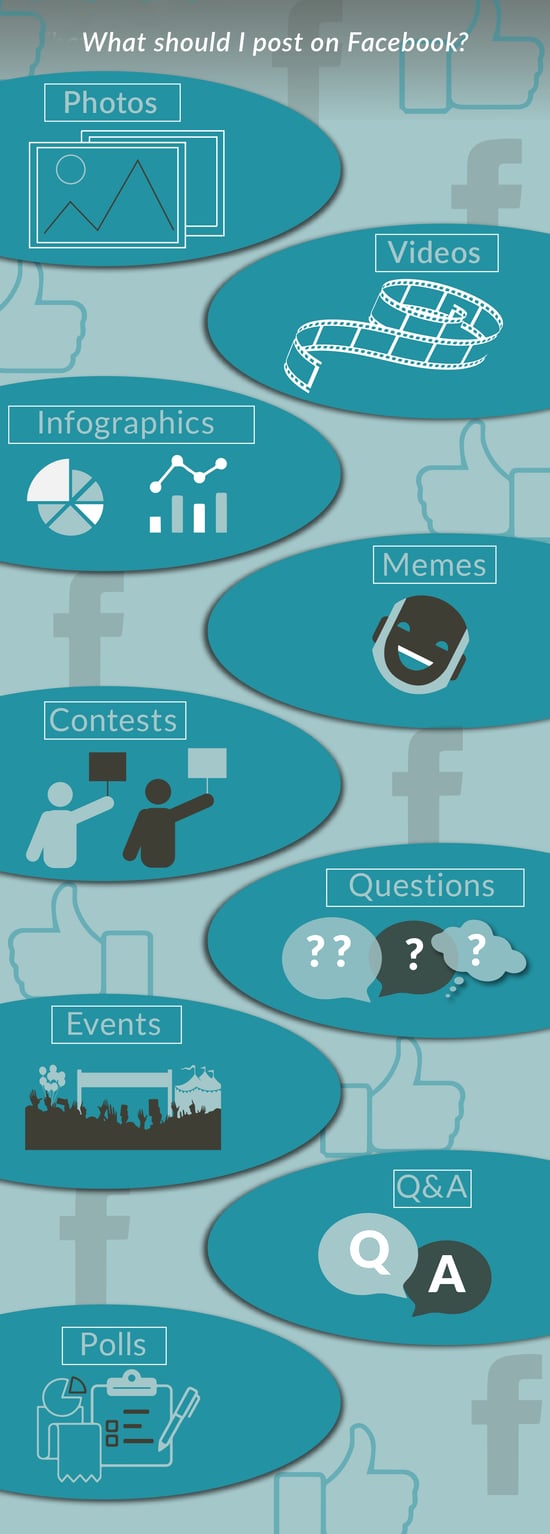
Of course, you also want your Facebook content, just like any marketing content, to provide value to readers — that value may come in the form of telling them how to do something, providing information they need, or even entertaining them.
And while you want to have more than self-promotion in your content, Facebook is also a great place to create and share events, create live videos of product demos, or highlight your services in a Q& A format (text or video-both work).
Need more ideas? Here are 101 ideas we created specifically for spas or you can download 101 Facebook Post Ideas For Healthcare Providers for additional inspiration.
How often should I post on Facebook?
Because not everyone who has liked or followed your Facebook page will see all of your updates and content, it is important to share fairly frequently in order for enough of your audience to see your posts to stay top of mind.
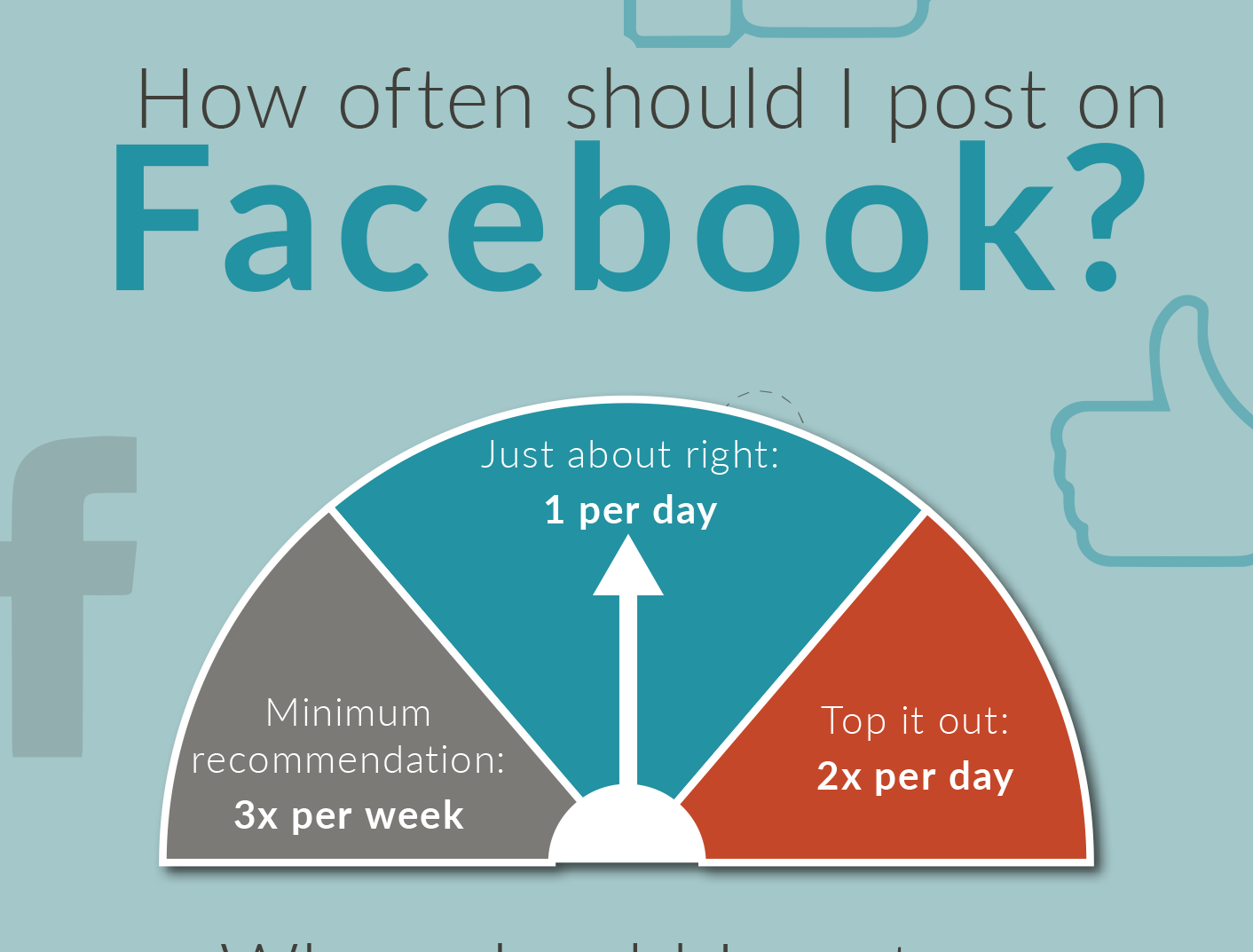
On the low end, you may be able to maintain some traction with three quality posts per week, especially since Facebook’s news feed isn’t necessarily organized in chronological order. Your content may have enough staying power to pop up for a day or two after it is posted.
Daily posts are currently recommended. It keeps you in front of your audience, maintaining consistency and keeping them looking for you each day. You can do a couple of posts a day, but beyond that, it could begin to be overwhelming for those followers who frequently engage and therefor are shown your content more often.
When should I post on Facebook?
In general, the best times to get exposure on Facebook tend to be at 1 p.m., 3 p.m. and 9 a.m., Wednesdays through Sundays, with HubSpot's latest report pinpointing Thursday as the top day. But as will be the case with most of our timing recommendations, you need to track your traffic and adjust according to your specific industry and brand followers. (This post explains more about analyzing your Facebook Insights.)
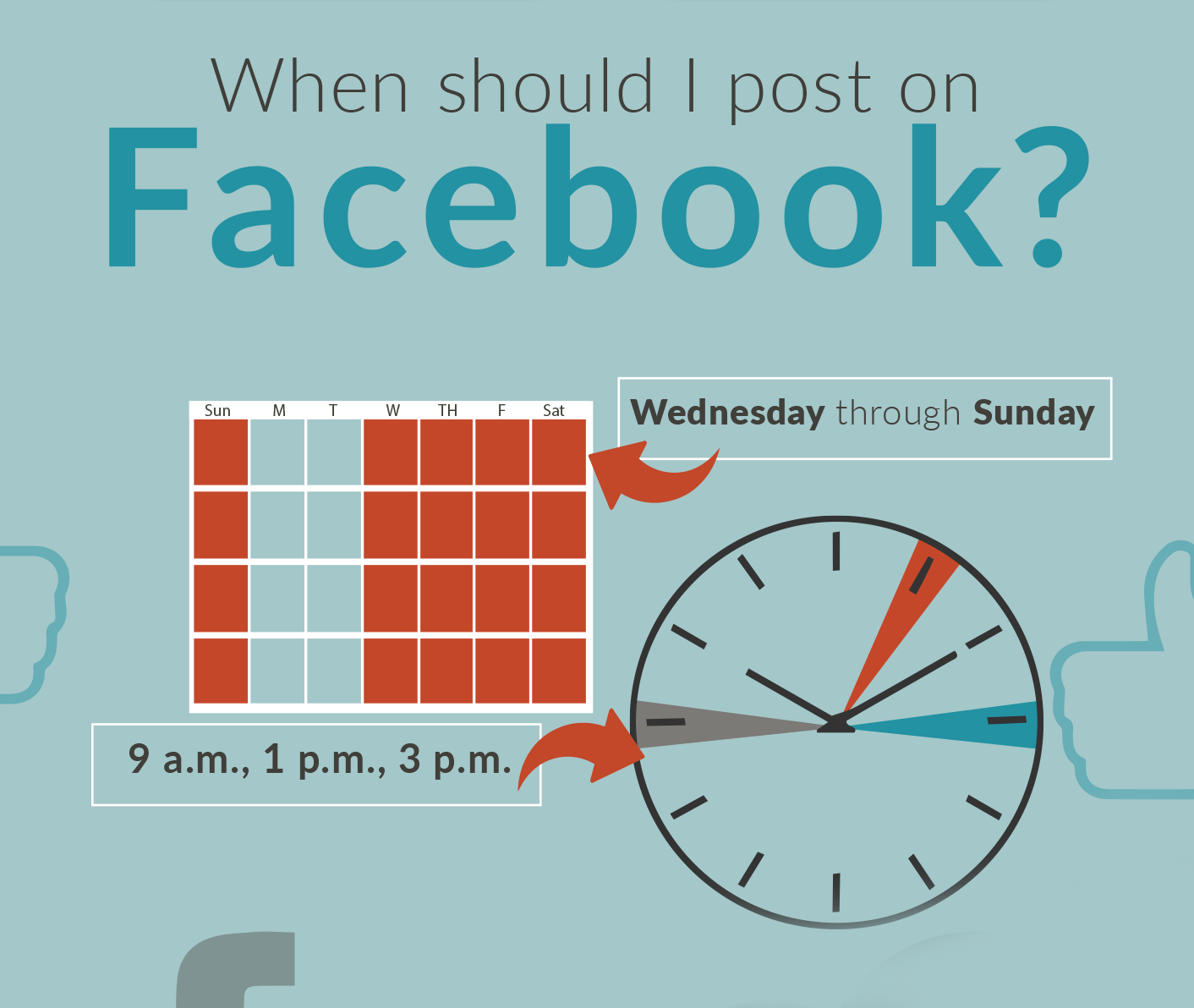
Think also about your target market and the times when they are most likely to be checking in on social media.
Many people do a quick scan when they first wake up, or over a lunch break. Others may wind down in the evening. Some studies show that media companies do best with early morning or evening posts, while B2B businesses see the most traffic around 9 a.m. and between 3 and 4 p.m. (perhaps when business buyers are taking a coffee break away from emails and spreadsheets).
Some recommend saving your best content for later in the week, rather than posting it on Mondays and Tuesday that tend to have lower engagement rates.
What, When & How Often to Post on Instagram
Obviously, Instagram posts will need to be visual — images and videos are the only posts offered on Instagram — no shared links or text-only updates.
But within the framework of images, you can share your own photos, customer-submitted photos, videos, small infographics, and inspirational quotes or relevant humor. Combine images that are relevant to your audience, but not necessarily promotional, with some that tie more closely into your products and services
For example, a medical spa might share an inspirational quote like this:
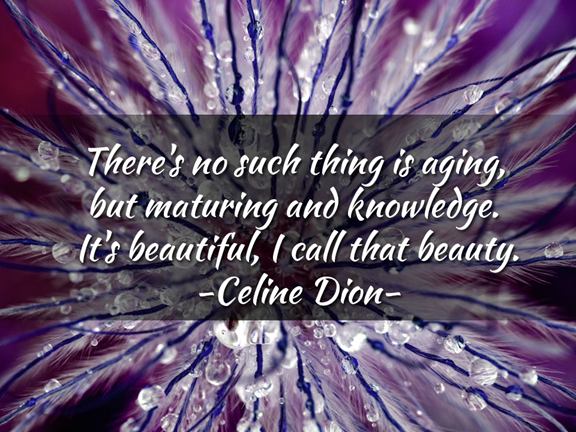
And then balance it with a behind-the-scenes video of a microdermabrasion treatment.
The other key to Instagram is hashtags. While hashtags can be used on all of your social media channels to sort, categorize, and increase visibility of your posts, Instagram is all about the hashtag.
While there are some brands who stuff posts with as many as 30 hashtags (the max allowed), using that many may look unprofessional and damage the perception you are working to create. Instead, choose 5 to 10 relevant hashtags, including those that will likely attract users who may not already follow your brand but who are attracted to similar content. You should also use a few hashtags that are unique to your brand. These branded hashtags help raise brand awareness and make it easy to track when other Instagram users tag or share your hashtag also.
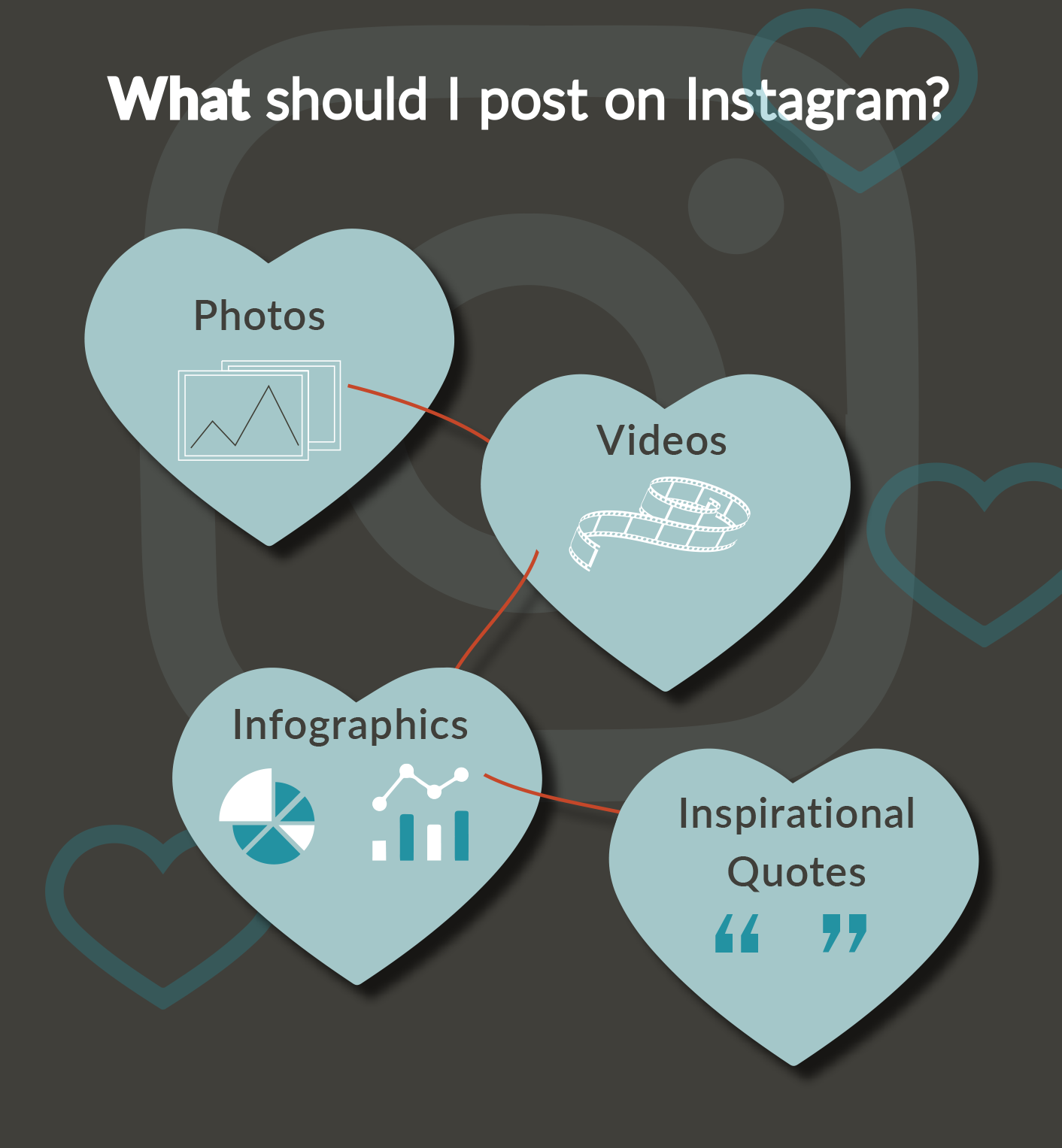
Engagement is important to both algorithms and as social capital, showcasing how others value your content. With the disappearance of the “like” count on Instagram posts, you need to encourage viewers to reply in order to show other viewers visually that your content is engaging – ask readers for their thoughts, use social media comments as inspiration for blog posts, and share testimonials on social media that are likely to generate genuine feedback.
How often should I post on Instagram?
Instagram’s ideal posting schedule is a bit more aggressive than Facebook’s. On the low end, you should post daily, keeping your images — and image — in the mix. Twice a day is a sweet spot, but you could stretch it to three posts a day if you feel the need.
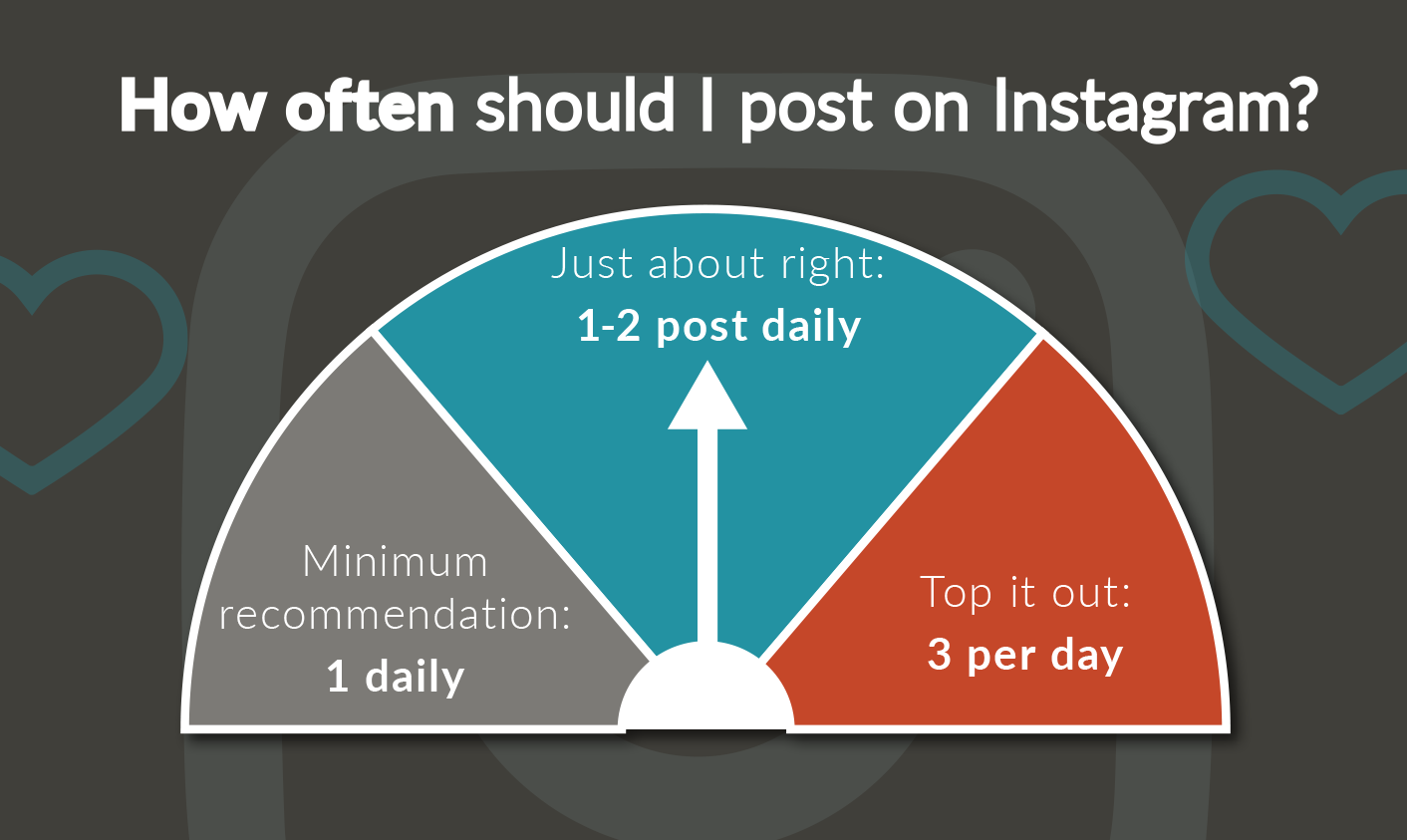
When should I post on Instagram?
The answer to this depends on your industry.
If you offer professional services, such as insurance or financial planning, the best times seem to be mid-morning on Tuesdays, Wednesdays and Fridays.
On the other hand, personal care businesses, such as spas, tend to get more engagement with posts scheduled for early afternoons on Thursday and Fridays — maybe that is when the audience is thinking about a relaxing massage as the week drags on or looking their best for a weekend social event.
HootSuite breaks down best times, and some reasons behind the trends, in this article for industries including travel and tourism (surprise – by midday Friday, we’re all dreaming of vacations!), media and entertainment, food and beverage, retail, non-profit, pharma and healthcare, technology and education.
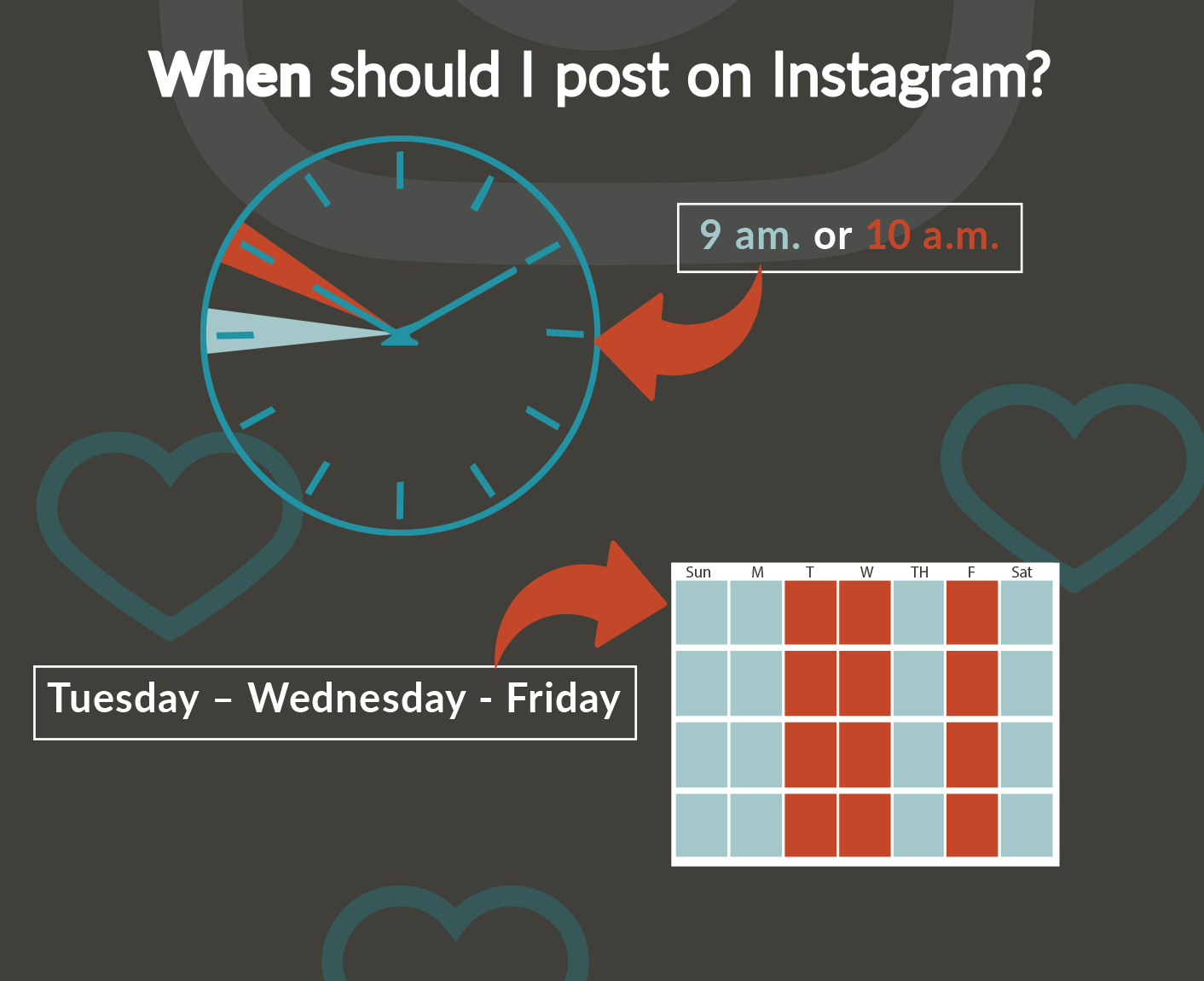
Instagram insider tip
Did you know that there is a way to share links on Instagram? You just have to reach 10,000 followers. Once you reach that number, you can use an option that gives viewers of your stories the ability to swipe up for a link.
What, When & How Often to Post on Twitter
Even though Twitter has expanded its original 144-character limit to 280, shorter is still better. You don’t necessarily need to use all of those characters, and definitely don’t clutter a tweet with too many @mentions or hashtags. To catch attention and encourage engagement, limits tweets to between 71 and 100 characters. Less is still more.
As with all social media channels, visual content tends to be more effective in generating engagement. According to Twitter itself, people are three times more likely to engage with tweets that contain videos or photos, and you can include up to four photos in a single tweet.
Retweeting positive customer feedback, along with other relevant content from other Twitter users is one way to maintain a steady flow in your own Twitter account without creating all of your own content from scratch.
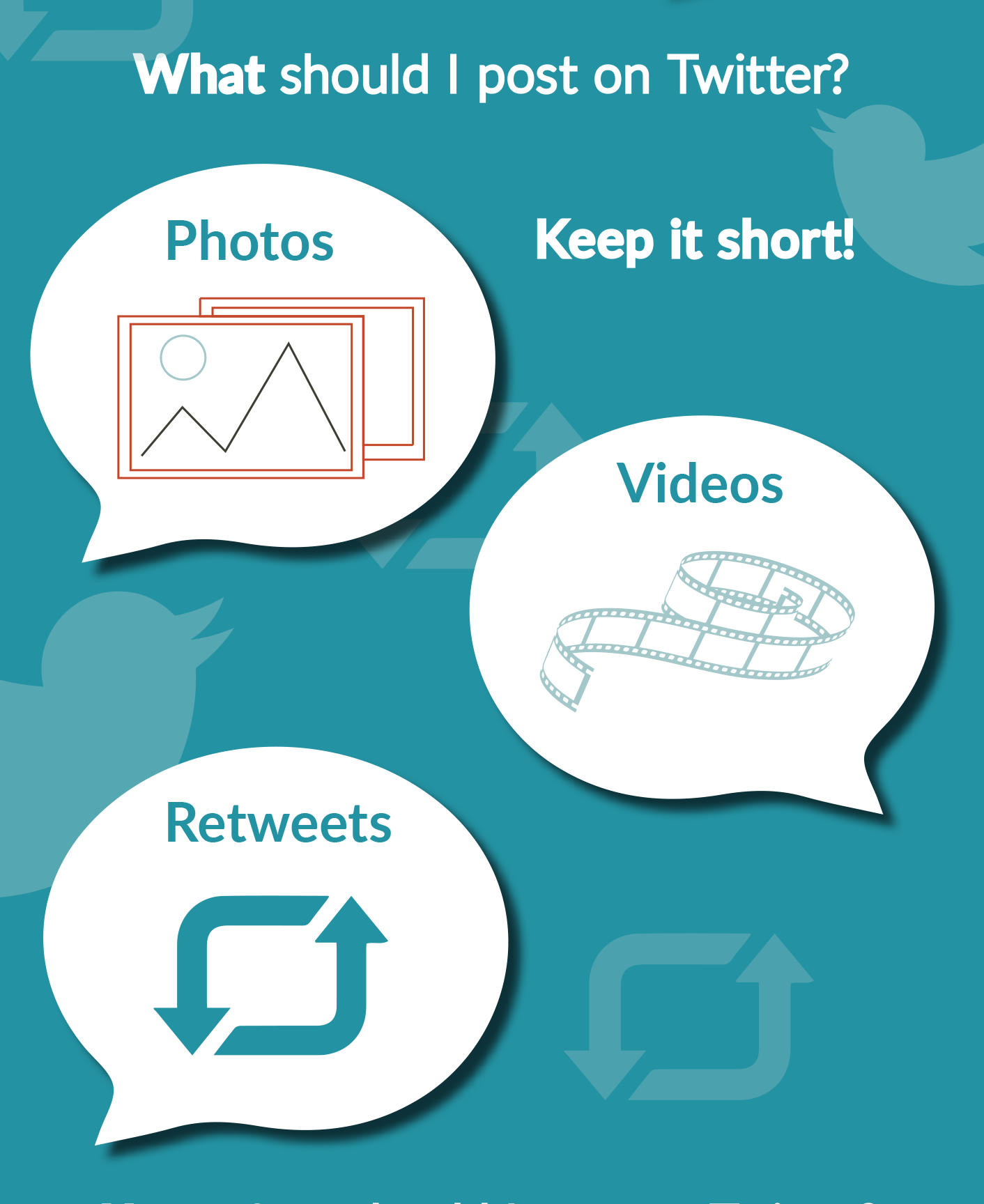
Whether you are creating new tweets or retweeting, ask yourself if you are providing something that will advance an idea, entertain or educate your audience. Everything you publish should do at least one of those three things.
You also want content that will inspire conversations.
Twitter was the platform that brought the hashtag into common usage, but it isn’t the place to get carried away, especially as a business. Be more conservative and precise in your use of hashtags here than you are on Instagram to avoid coming across as spammy. One or two carefully chosen hashtags—based on what hashtags your audience is already using when talking about your brand — is enough.
How often should I post on Twitter?
Twitter’s fast-paced environment means a single tweet doesn’t stay in user’s feeds for long, and the algorithm favors current material — meaning up to the minute, not just in the last few days as Facebook sometimes shows. That means it makes sense to tweet more often to be seen and generate engagement, through retweets or click-throughs to your website.
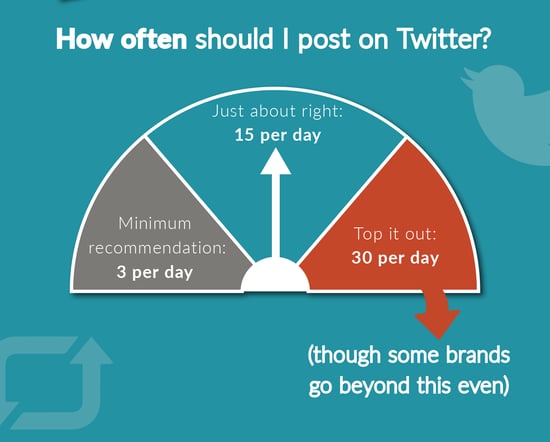
Consider three tweets a day as a minimum, with 15 providing more audience opportunities. While some brands may tweet up to 100 times a day, for most 30 per day is still a high number and beyond that you risk turning followers off.
When should I post on Twitter?
Twitter itself doesn’t recommend any specific schedule on its business pages, but it does say you should create a “regular cadence” of content, meaning your followers will know what to expect from your page.
According to HubSpot, many businesses pick up a schedule of tweeting first thing in the morning, at lunch break, and again in the early evening to match the schedules of their audience’s social media use
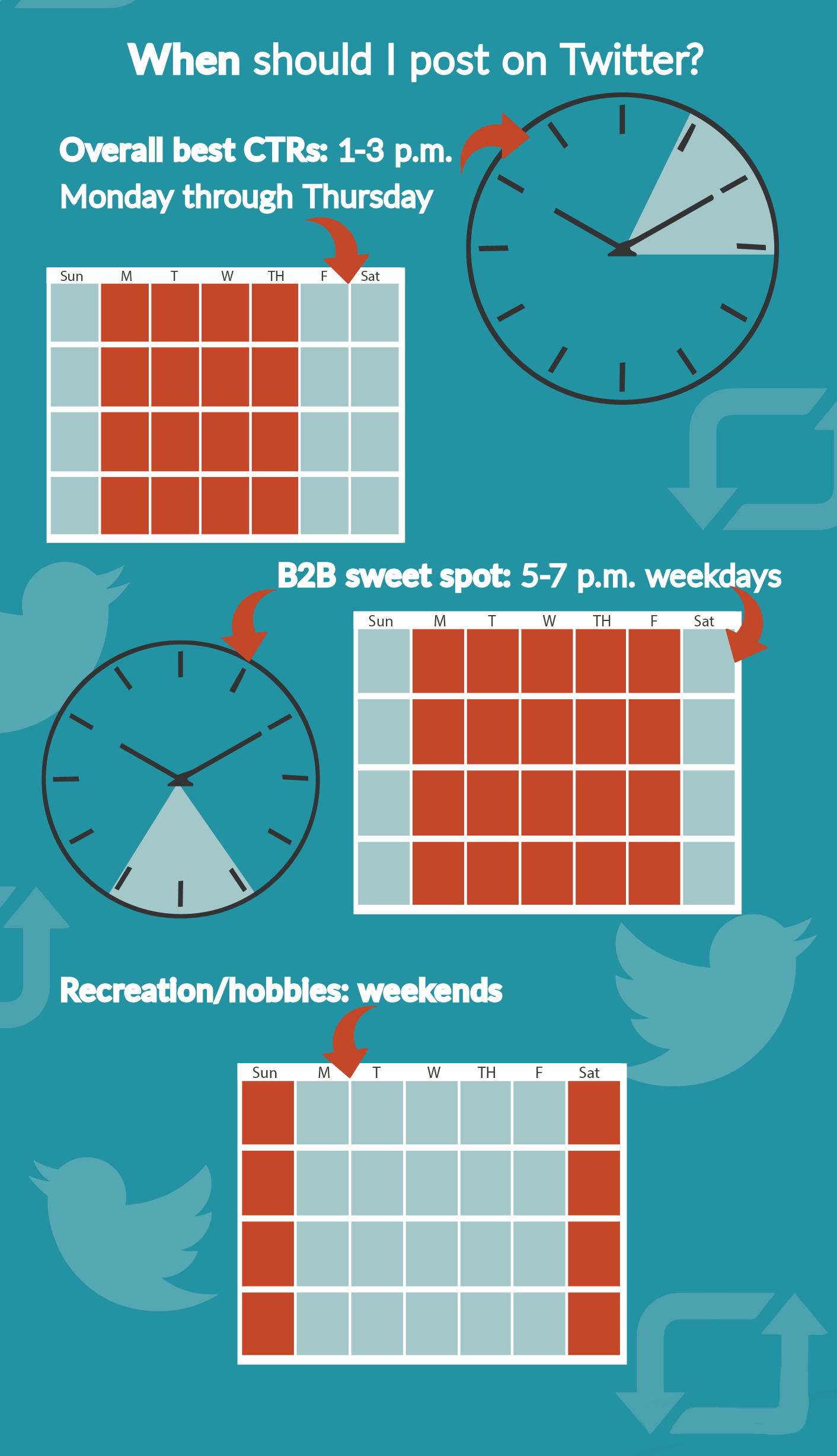
Overall click-through rates on Twitter, however, occur weekdays between 1 and 3 p.m., with the worst times appearing to be weekend evenings after 8 p.m. and Fridays after 3 p.m. B2B sometimes benefits from early evening tweets, as this is when entrepreneurs may be catching up on the latest news.
Certain industries may see more traffic at different times — such as a restaurant or bar posting about a Happy Hour special late in the afternoon on a weekday. Hobby and recreational brands tend to do well on weekends when audiences are thinking about their free time activities.
HubSpot's 2022 report pinpoints Tuesday as Twitter's sweet spot. You may want to experiment with different times and days, however, and monitor your results, then adapt your posting schedule to maximize the impact of your tweets.
What, When & How Often to Post on LinkedIn
As the top-rate social network for B2B lead generation, LinkedIn may have a slightly different feel than your other social media networks. It is especially important for B2B brands, while B2C brands may get more traction on consumer-focused channels.
Having a complete and detailed company page, and encouraging employees to link their personal pages to it, provides a strong start to developing a LinkedIn presence that aids in your lead generation efforts.
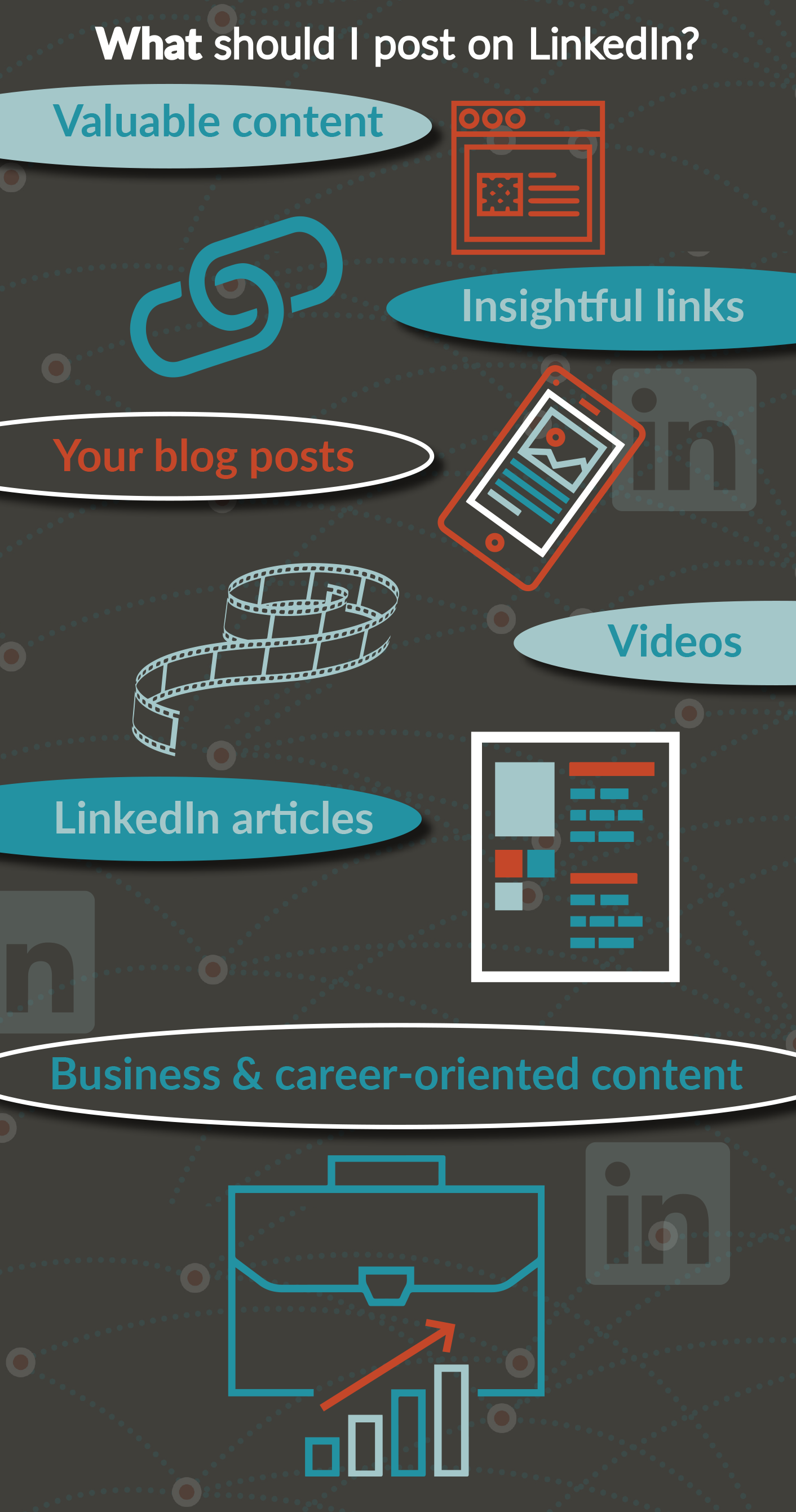
This is something we’ve said before, but it is worth saying again, with even more emphasis: publish and share valuable content on LinkedIn. This isn’t really the place for a lot of silly, attention-grabbing antics (though a little humor can make your company more relatable). Whether you are sharing your own blog posts, insightful articles, infographics and videos from other sources, or publishing LinkedIn articles, be sure the content is something that will benefit your followers in their business and career goals.
As with other platforms, engagement with text-only posts trails those that include an image (images receive almost twice as many comments as text-only posts). YouTube videos that play automatically in the newsfeed generate a 75 percent higher share rate.
Quality and relevance are key in meeting the demands of LinkedIn’s algorithm.
Do use LinkedIn for business announcements, but balance brand-focused content with useable information for your followers to avoid being flagged as spam or “unfollowed” due to excessive promotion.
How often should I post on LinkedIn?
Unlike Twitter, with its fast-paced turnover and high posting rates, LinkedIn is a more conservative platform in terms of posting frequency, as well as post types. You should post at least a couple times a week (again, sharing your latest blog post or linking to an insightful YouTube video are great options). Daily posts will typically be sufficient to keep your company page visible to followers without being overly promotional.
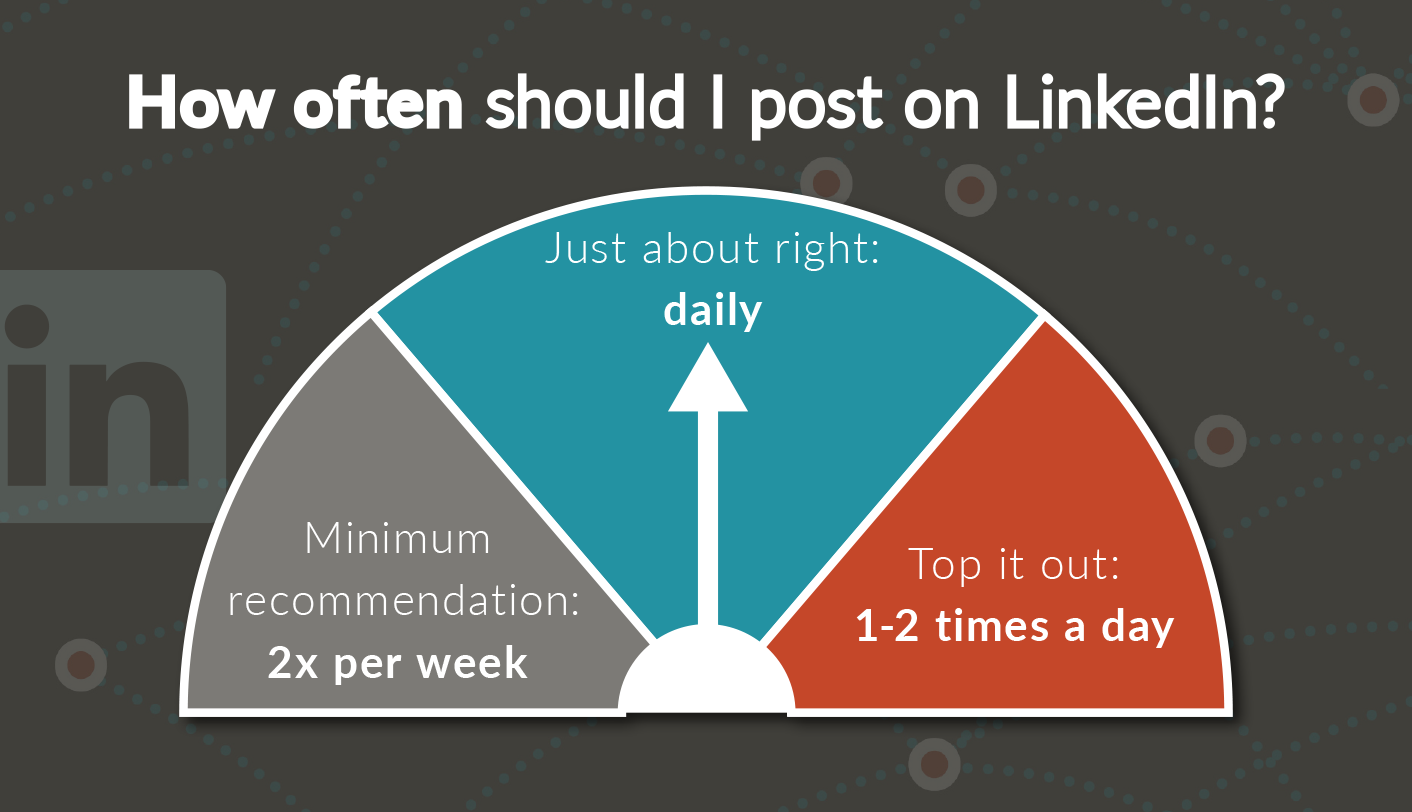
When should I post on LinkedIn?
As a business and career-oriented networking tool, LinkedIn users most often log on during the working day. The means your best posting times are when your readers are thinking about business. That means posting first thing in the morning, to catch those who start their days by catching up on the business world, or in the late afternoon or early evening for those who network at the end of the day.
HubSpot cites Tuesday and Thursday as the best days for LinkedIn interaction in 2022.
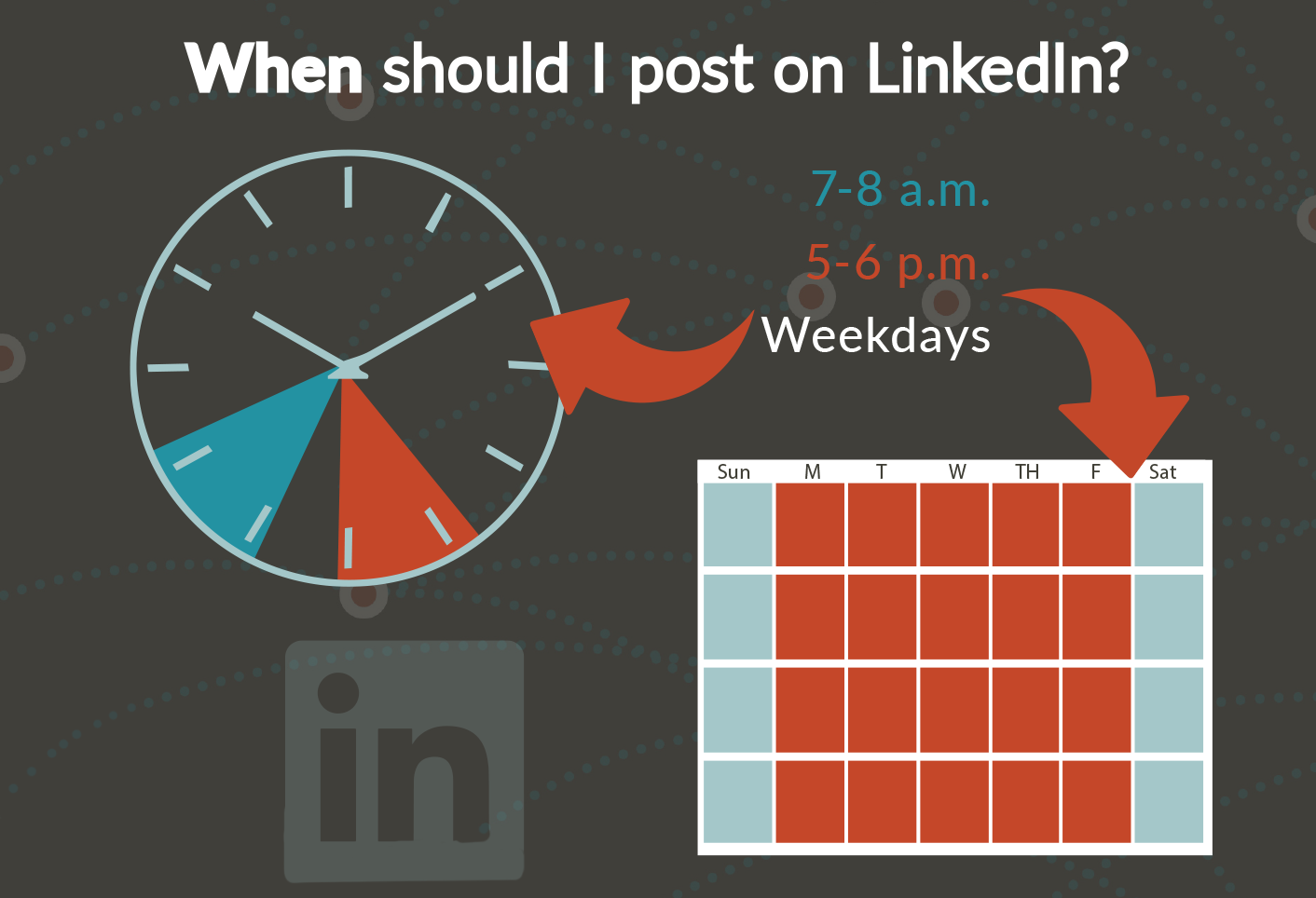
What, When & How Often to Post YouTube Videos
YouTube is much more than music, gameplay videos that your kids watch instead of playing their own games, and DIY guides. It is also a strong way of reaching B2B decision makers through their preferred medium. Nearly 6 in 10 executives prefer watching video to reading text, so it just makes sense to provide them the content they want in the format they prefer. Plus, YouTube is essentially the internet’s second largest search engine — you want to be found.
HubSpot's 2022 State of Inbound Marketing Trends report says that YouTube has moved from the fourth most popular platform among marketers to the second.
As you start a YouTube brand account, one of the first videos you will want to include is the “channel trailer” — essentially a 30-60 second video version of your account description.
From there, consider these eight categories of videos that your brand might use:
-
Customer testimonials
-
On-demand product demos
-
Explainer and tutorial videos
-
Thought leader interviews
-
Project reviews and case studies
-
YouTube Live
-
Video blogs
-
Event videos
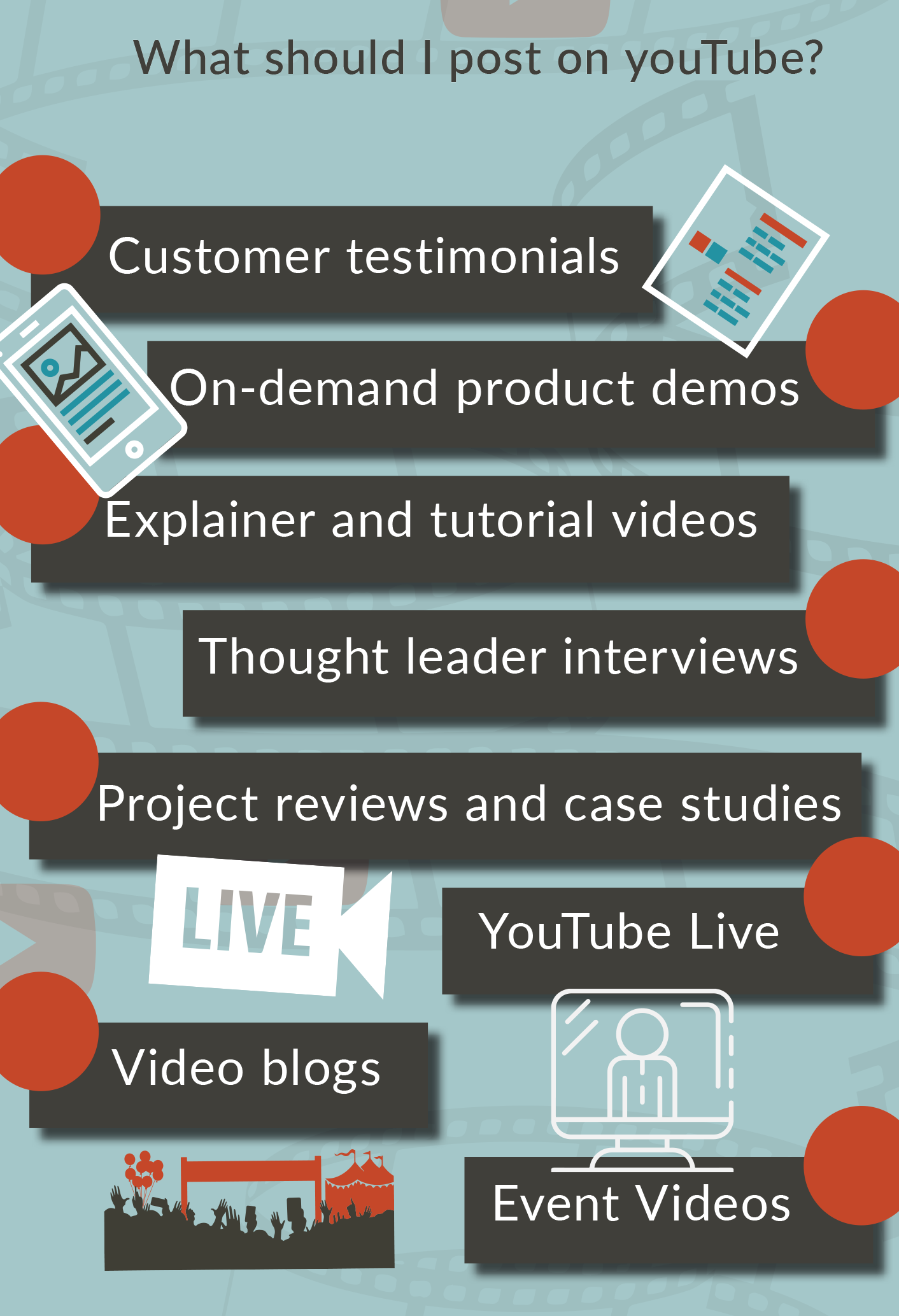
Each video you create should have a goal — awareness, website traffic, subscribers, etc.
Coordinate your video strategy with the rest of your inbound and content marketing strategy, so that it works together with other tools including whitepapers, blogs, bylined thought leadership articles, and other social media channels. Remember to cross-promote your videos through other channels.
How often should I post on YouTube?
If you are able to post one new video each week, that would be perfect. But that may not be realistic for most small to mid-sized companies. Instead, focus your efforts on identifying a regular schedule in which you can reliably create and post high quality videos. Don’t rush the process or post poorly-crafted content just to meet an arbitrary weekly target.
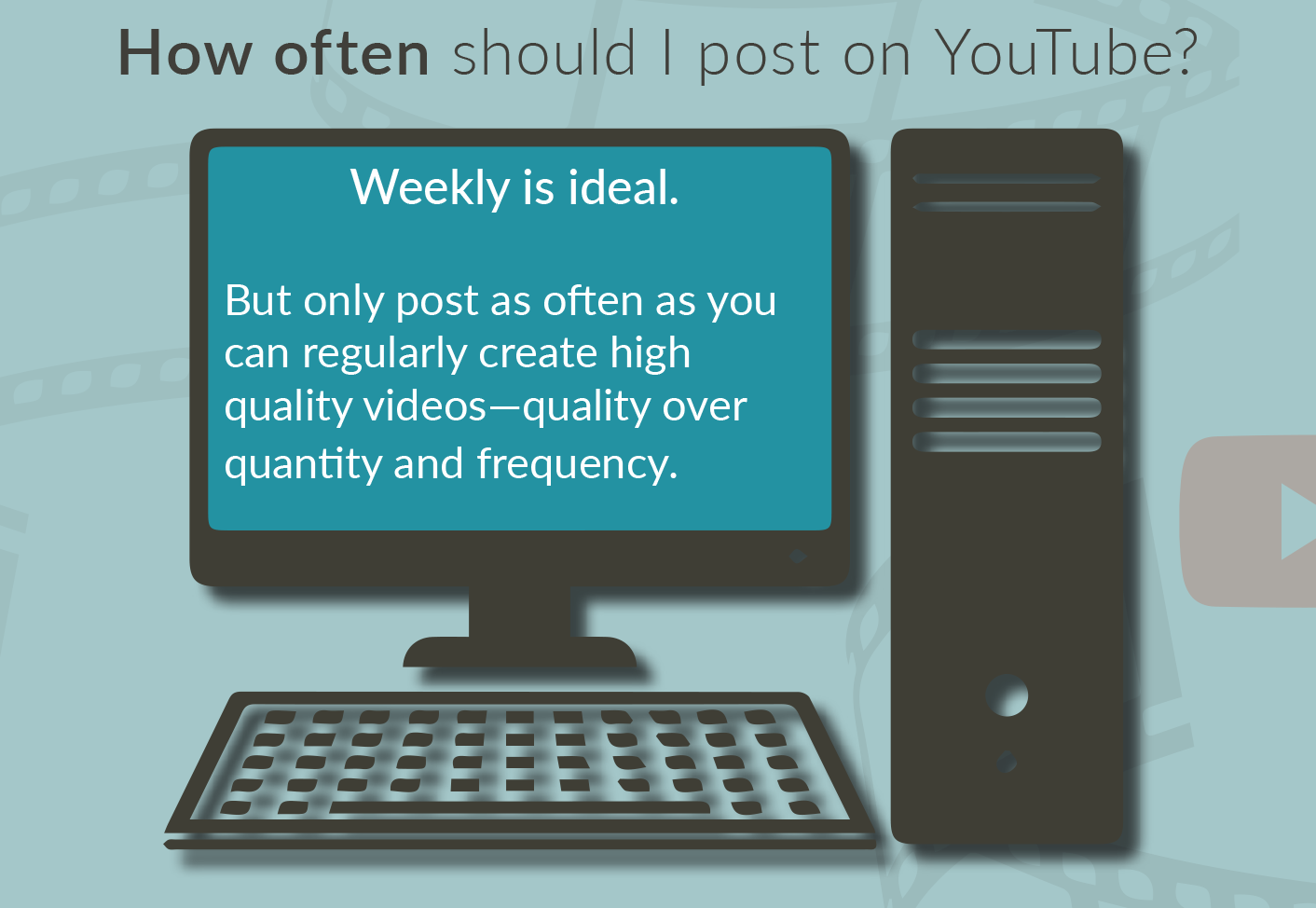
When should I post on YouTube?
Once you have your frequency worked out, even if you are only posting once a month, think about the timing for posting each new video. The best time to post is between 2 and 4 p.m. Central or Eastern time, which provides an opportunity for YouTube to index your video before the prime viewing hours of 7-10 p.m.
Or, if you prefer to have your video post on a weekend, post earlier (10-11 a.m.) to catch the higher traffic levels in the afternoons on Saturdays and Sundays.
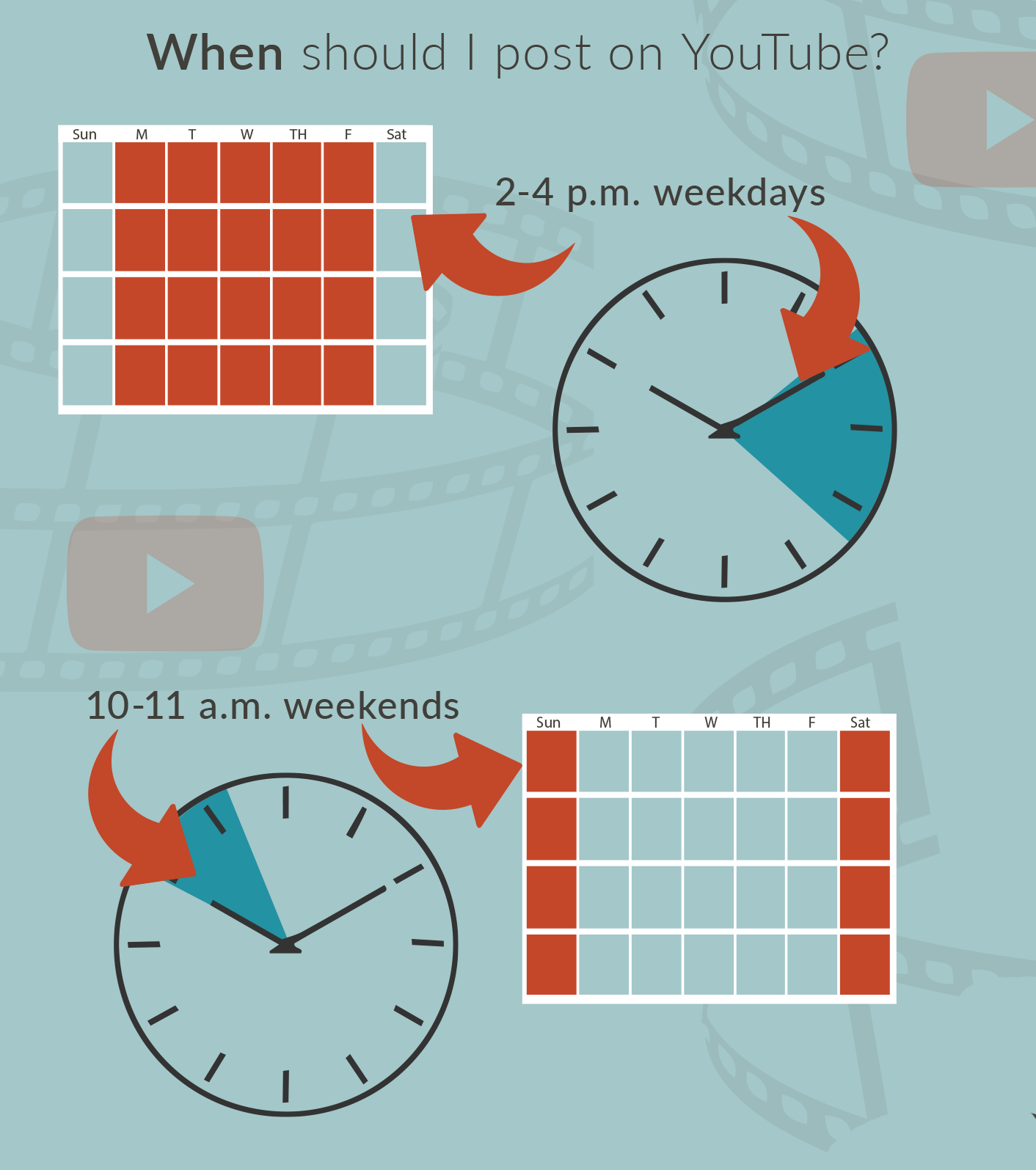
Where else should you post? Are Pinterest, SnapChat or TikTok Right For You?
While the five social media outlets listed above are typically the most used channels for marketing content distribution, there may be others you should consider depending on your specific product, service and target audience. WhatsApp and Facebook Messenger each have more users globally than any other social media channel besides Facebook, but are used more as a direct communication tool than for content distribution. You should consider using Facebook Messenger in concert with your Facebook page to encourage communication with your business. One way of doing so would be to include a Message Us call-to-action on your Facebook page, providing a one-click connection.
Other social media channels you may want to include in your content and digital marketing mix include Pinterest, SnapChat and TikTok, which boast 290 million, 350 million and 1 billion+ monthly users, respectively. Let’s look at why you would want to include these in your mix and some suggestions on how to do so successfully.
Who should include Pinterest in a social media mix and how?
Pinterest should definitely be on the radar of B2C brands, particularly those involving lifestyle, home décor, fashion, food, and other visually-rich industries targeting female customers. More than 8 in 10 Pinterest users are female, and 93 percent of active users say they use Pinterest to plan for purchases. Pinterest even makes it possible for retailers to make sales directly through the site with “rich pins” or “buyable pins” that work with the retail business’s website and/or through a third-party platform such as Shopify to allow Pinterest users to make purchases without ever leaving Pinterest.
In order to make the most of your business’s Pinterest page, consider how you can organize your visual content and links using keywords and pinboards that will match what your customers may be searching. Remember that Pinterest displays pins in a vertical format well suited for mobile, and create your imagery accordingly. Using text over the image helps make your message more quickly recognizable, and including your logo keeps your brand front and center.
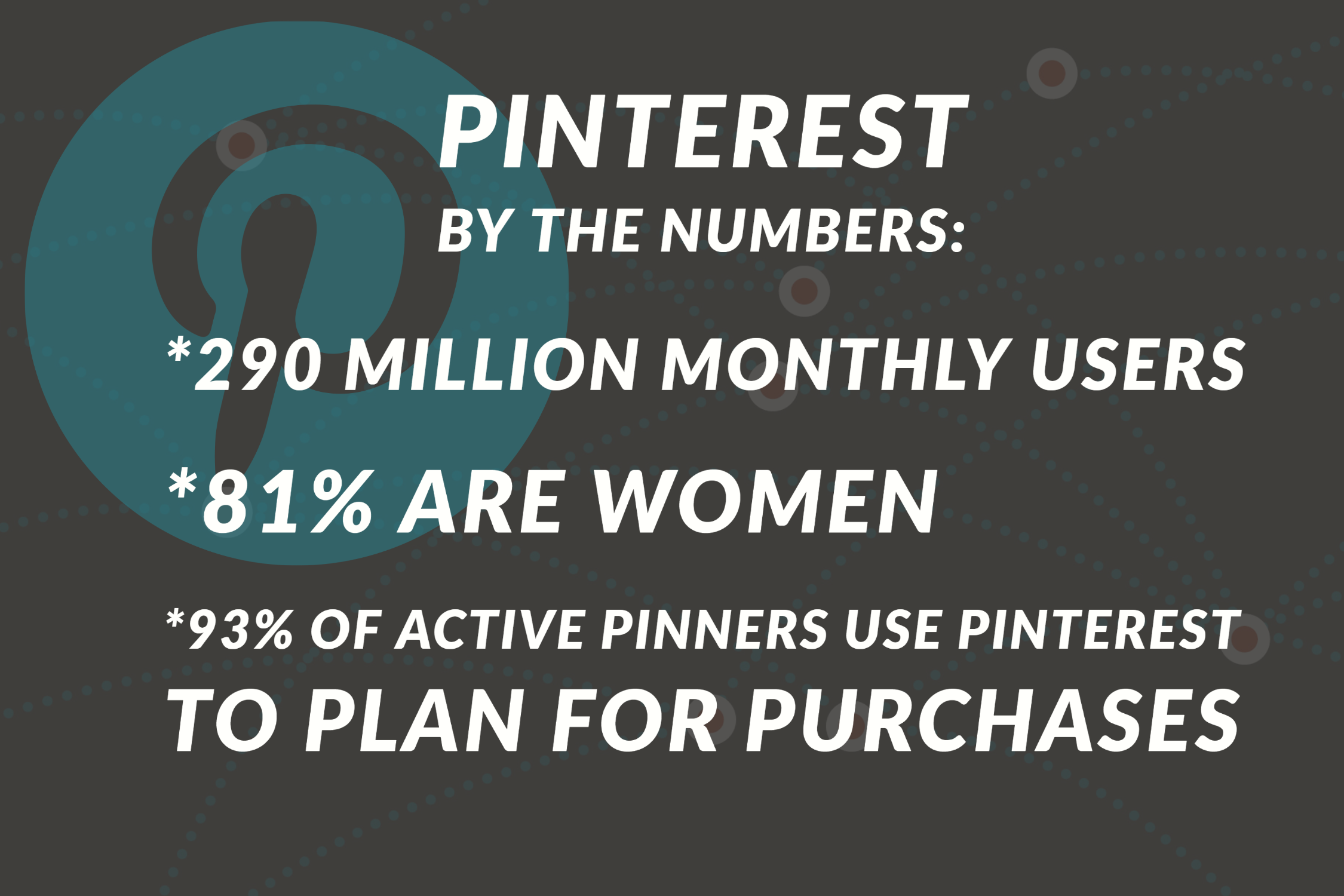
Pinterest can be used in B2B settings also — we use it regularly to share our infographics (and those of others that offer great information), as well as our blog posts. We also include individual pin boards for specific inbound marketing topics such as lead nurturing or content strategy.
Professional services might consider using Pinterest to provide links to useful tools such as retirement planning calculators or blog posts detailing the differences between term and whole life insurance.
Who should include SnapChat in a social media marketing mix and how?
The vast majority of SnapChat’s 350 million monthly users (203 million of those use it daily) are under the age of 35. In fact, nearly half are between 18 and 24. If this is your target market, then Snapchat may be more effective for you in reaching customers than other channels.
Like Instagram, SnapChat is visually oriented, requiring posts to include images or videos as they are added to “stories” that disappear after 24 hours. That ephemeral nature of SnapChat content means you need to post at least once daily to stay in your followers’ feeds.
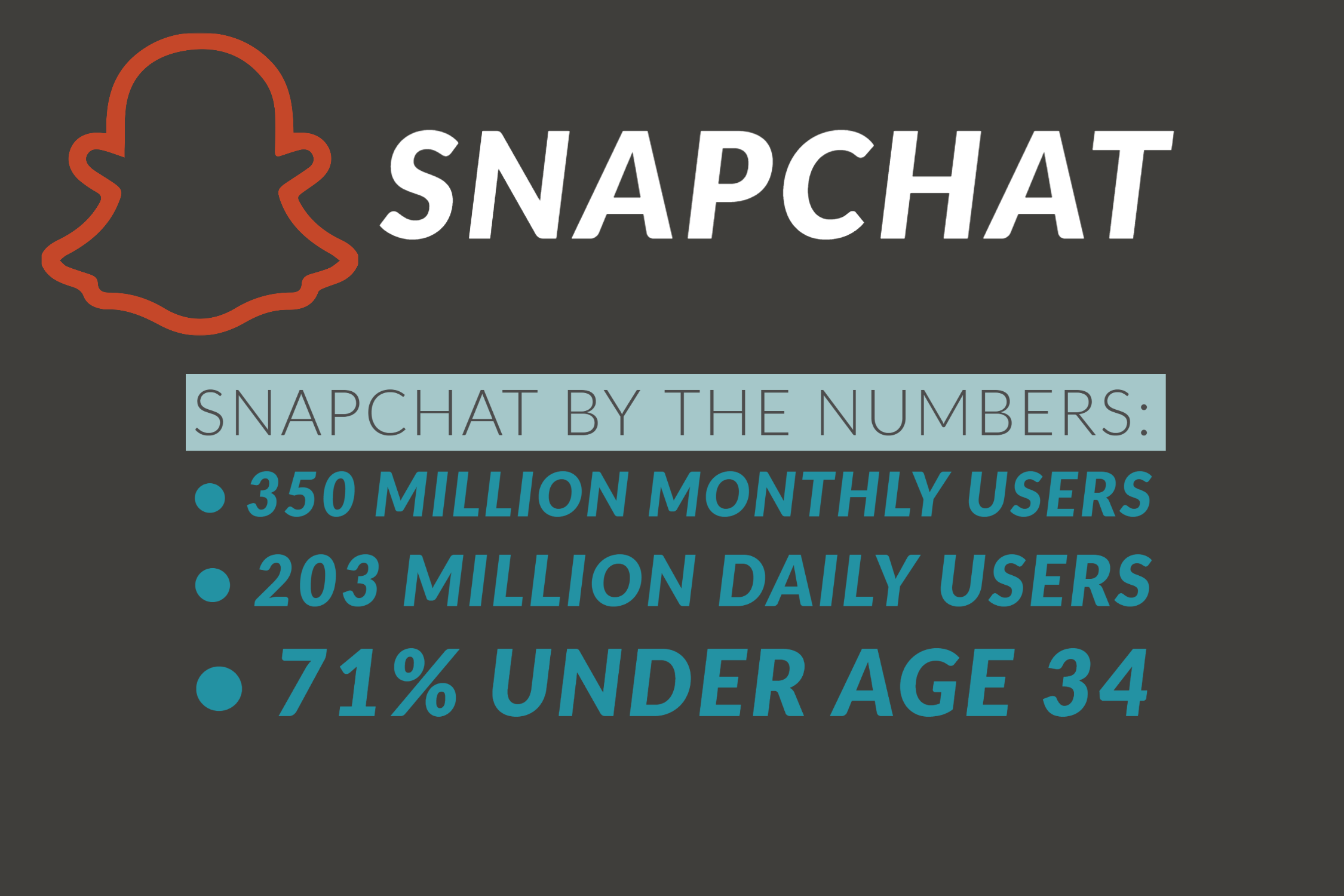
One unique way of increasing your brand’s exposure on SnapChat is through the use of a sponsored lens or filter that users can add to their own profile picture or content. Contests that encourage user-generated content, which you can then share on your own story, are also great ways of increasing engagement and expanding the reach of your SnapChat content.
Who should include TikTok in a social media marketing mix and how?
With more than a billion monthly users, TikTok is a significant player in the 2022 social media landscape, but businesses are still working on how best to incorporate TikTok into an overall strategy. The audience size is too big to ignore, with a young (80 percent of users are under age 40) and highly engaged audience—average time spent on TikTok each day is 52 minutes.
Search Engine Journal says that while TikTok's informal style and viral potential are obvious benefits for many B2C brands, there are also many ways B2B brands can use the platform and its quick video format to relay emotional messages that complement more rational appeals. Recommendations for video topics include subjects such as your brand's origin story, corporate values or even the office mascot.
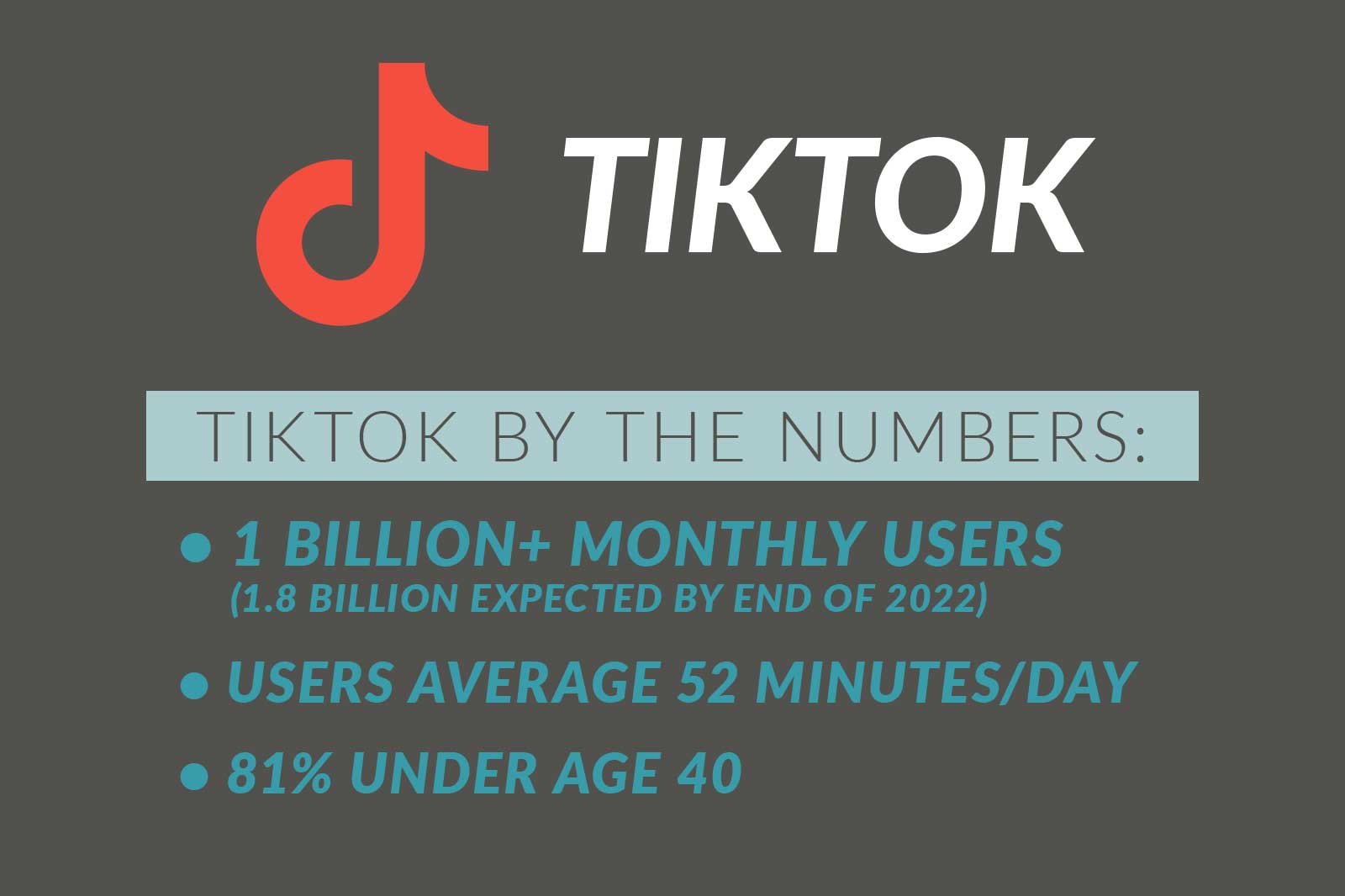
A Few Words On Paid Social Media Strategies
At JONES, we believe strongly in the importance of a strong organic content strategy for social media — your customers want to see who you are through organic content, not only advertising. Consumers are increasingly filtering out paid promotion in social media as effectively as they have traditionally filtered out paid promotion in traditional media.
However, paid options will likely play a necessary role in your social media strategy. In fact, 72 percent of B2B marketers use social media advertising, in part because organic reach of content in some platforms can be as little as 2 percent of followers. That 2 percent is an average, however, and your results may be much better if you focus on providing great quality content and spurs engagement and works with, rather than against, the algorithms built into each platform.
According to a 2022 Content Amplification Report from Converge, social media is the top paid amplification venue for B2B marketers - cited by all of the respondents to a recent survey, compared to only 45 percent who used paid search engine advertising, which was the second most used method of paid amplification.
One key suggestion we have is to use data to drive your decisions on how and when to use paid options in your social media mix. If a specific channel — for example, LinkedIn — is driving traffic to your website with organic content, consider promoting that same content with a paid option to reach a wider audience and give your website traffic an even bigger boost.
You’ll find more of our philosophy on organic vs. promoted vs. advertising on Facebook here.
When To Go Live
One last section in this social media guide (find hashtag how-to's in this companion post) — let’s talk live video for just a bit.
Several of the social media channels outlined above offer the opportunity for live video, which can be a great addition to your organic content combining the increased engagement of video with a sense of timeliness and urgency that recorded videos can’t match.
More than 3/4 of online audiences are already watching video on Facebook Live, so chances are your audience is also.
What draws them to livestreaming video? 87 percent say they are attracted to “behind the scenes” access, and 80 percent saying they would rather watch live video from a brand than read a blog. But, and this is important, 90 percent say video quality is the most important aspect of Facebook Live videos.
That means you can’t just grab a phone, log on and start shooting. While livestreaming may seem spontaneous and off-the-cuff, you need to plan it into your overall marketing content strategy just as you would any other tool or tactic. Scheduling your livestream at a regular time, and promoting it in advance, will not only increase viewership, but also forces you to do some advance planning about what your message or topic will be, how you want to portray it, and how to pull it all together.
Use live video for announcements, a behind-the-scenes inside look or tour of your business, or to provide production information and how-to videos, but put in the prep time to make sure you have the lighting, sound, a general script and the needed technology in place.
I know that was a lot to digest. And it isn’t completely exhaustive. As I mentioned, we dive deeper into how to use hashtags here, and we didn’t really touch on the basics of how to set up a business Facebook page, or any other platform. And there are more specific details that might apply to certain industries, local businesses, or reaching niche target markets that are best discussed on a one-to-one basis. Talk with us about your specific situation and how social media can be an integrated part of your overall marketing strategy.
Just can't get enough? Here are the sources we used to pull together this guide to what, when and how often to post on social media:
https://louisem.com/144557/often-post-social-media
-
https://contentmarketinginstitute.com/2020/01/helpful-social-media-tips/
-
(https://www.socialmediatoday.com/news/the-current-state-of-social-media-algorithms/522260/)
-
https://blog.hubspot.com/marketing/how-to-create-facebook-business-page-ht
-
https://influencermarketinghub.com/25-most-popular-instagram-hashtags/
-
https://www.thebalancesmb.com/best-time-post-twitter-2531471
-
https://www.thebalancesmb.com/best-and-worst-times-to-post-on-linkedin-2531450
-
https://influencermarketinghub.com/what-is-the-best-length-for-social-media-posts/
-
https://howsociable.com/blog/best-time-to-post-on-youtube/
-
https://www.lyfemarketing.com/blog/social-media-sites-for-business/
-
https://blog.hootsuite.com/how-to-use-pinterest-for-business/
- https://www.converge.today/article/the-2022-content-amplification-report
- https://www.hubspot.com/state-of-marketing
-1.png?width=1652&height=294&name=Jones(RGB)-1.png)

